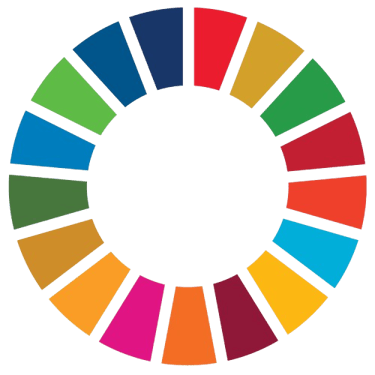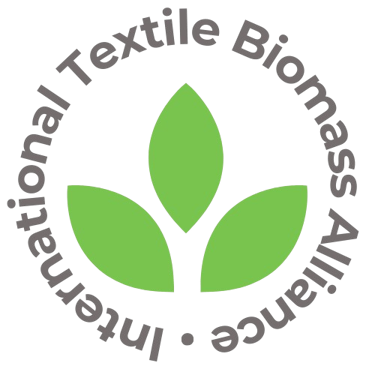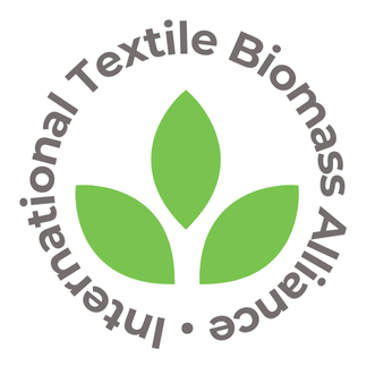Dyeing - Let Yourself Be Tempted by Best Practices
Discover how current trends, driven by increasingly concerned and informed consumers, are guiding new best practices in dyeing
5/8/20243 min read


Natural Dyes: The Colorful Future of Textile Eco-Design
As the textile industry finds itself at an unprecedented ecological crossroads, natural dyes are emerging as one of the most coherent solutions to current environmental challenges. How can these ancestral processes meet contemporary sustainability requirements while offering a distinctive value proposition? Let's dive into this colorful renaissance that could well redefine your future collections.
Beyond Greenwashing: The Real Impact of Conventional Dyes
You know the numbers: the textile industry generates 20% of global wastewater, with dyeing processes being the primary culprits. In Asian textile basins, you can predict the season's trending color simply by observing the hue of rivers.
The reality is brutal: approximately 8,000 different chemical substances are used to transform raw materials into finished products, with devastating consequences for aquatic ecosystems and workers' health. Faced with increasingly strict regulations (REACH in Europe, similar initiatives in California), rethinking your coloration processes is no longer an option, but a strategic necessity.
Dyeing Resources with Unexploited Potential
What your suppliers might not tell you is that nature offers a chromatic palette of unsuspected richness. Beyond indigo and madder that you already know:
• Food waste such as onion skins or avocado pits offer zero-waste alternatives exploitable at an industrial scale • Local dyeing species drastically reduce the carbon footprint related to raw material transportation • Agricultural by-products (leaves, barks, sawdust) constitute an unexplored mine of pigments compatible with a virtuous circular economy
Developing local dyeing channels represents not only an environmental gain but also a considerable marketing differentiation potential and an opportunity to relocate added value.
The Economic Equation of Natural Dyes: Deconstructing Preconceived Notions
"Too expensive", "not stable enough", "impossible to industrialize": You've certainly heard these objections. Let's examine the reality behind these stubborn prejudices.
While the raw material cost is indeed higher, the economic equation changes radically when you integrate:
• Reduced effluent treatment costs • Anticipation of future carbon and pollution taxes • Marketing valorization of a truly eco-designed production • Increasing automation of pigment extraction processes
As for color fastness, recent advances in ecological mordanting now allow achieving wash fastness comparable to industrial standards, without resorting to traditional heavy metals.
Industrialization: A Challenge Transformed into Opportunity
The evolution of natural dye extraction and application techniques is now a fertile innovation domain. Several axes stand out particularly:
• Fermentative optimization for indigo and other complex extraction pigments • Standardization of plant extracts through enzymatic processes • Development of bio-mordants from renewable sources • Adaptation of conventional equipment to the specificities of natural dyeing baths
These technical developments are accompanied by increasing digitalization of processes, enabling enhanced traceability and reproducibility – thus responding to the qualitative requirements of the high-end market.
Strategic Positioning: Beyond the Ecological Argument
Adopting natural dyes is not limited to an environmental approach. It constitutes a powerful storytelling vector that particularly resonates with informed consumers who are your priority target.
These dyes offer a unique sensory dimension: subtle chromatic variations, delicate evolution over time, distinctive textures and fragrances... These are attributes that enrich the product experience and justify a premium positioning.
Moreover, the inherent seasonality of natural dyeing resources can be transformed into a marketing asset, with capsule collections truly reflecting natural cycles – a concept perfectly aligned with current consumer aspirations for authenticity.
Integration into Your Value Chain: A Pragmatic Approach
For professionals wishing to initiate this colorful transition, several complementary strategies are available:
Progressive Approach: Start with a capsule range entirely dyed naturally to test the market
Hybridization: Combine natural and synthetic dyes to create unique effects while reducing overall environmental impact
Chromatic Upcycling: Revalue existing stocks through natural overdyeing, thus limiting waste while creating novelty
The most successful projects typically involve close collaboration between designers, technicians, and dyeing material producers from the conception phase, rather than a simple substitution at the end of the chain.
Future Perspectives: Between Tradition and Biotechnology
If natural dyes draw their roots from millennia-old know-how, their future is taking shape at the crossroads of craftsmanship and advanced biotechnologies. The most promising avenues include:
• Biofabrication through microbial fermentation of traditionally rare pigments • Development of cell cultures of dyeing plants for controlled and intensified production • Metabolic engineering to optimize the coloring principle content of cultivated species
These innovations could well definitively solve the equation between sustainability, scalability, and economic performance that still hinders massive adoption of natural dyes.
Are You Ready for this Chromatic Revolution?
The transition to natural dyes certainly represents a challenge, but it also embodies a rare opportunity to reinvent your value proposition in a context where environmental authenticity becomes a predominant purchasing criterion.
Between stricter regulations, consumers' aspiration for truly sustainable fashion, and accelerated technical innovation, all ingredients are gathered to transform what was yesterday an artisanal niche into tomorrow's industrial standard.
The question is no longer whether natural dyes will impose themselves in the textile industry, but who will be the pioneers who will have transformed this apparent constraint into a decisive competitive advantage.
And you, what will be your palette for future collections?
ITBA - AIBT
If you have any questions, please do not hesitate to contact us.
FOLLOW US
Ressources
contact@itba-aibt.org
© 2025. All rights reserved.
Help




